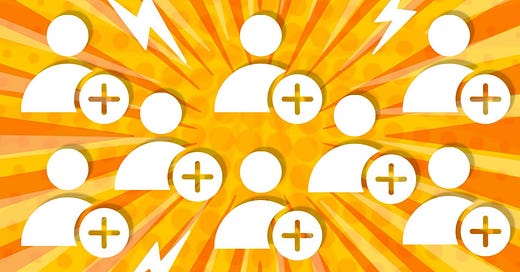How Substack's follow feature betrays its original mission
The follow button is a powerful discovery tool that is proven to help writers gain subscribers. It's also a step away from creator ownership.
On Friday, Tyler Bainbridge, the founder of Perfectly Imperfect, a popular recommendation newsletter, announced he was leaving Substack. He said that he was leaving in part over the platform's “follow” feature, which allows users to interact with each other within the Substack app without giving away their emails.
"There’s been a huge push for newslette…




